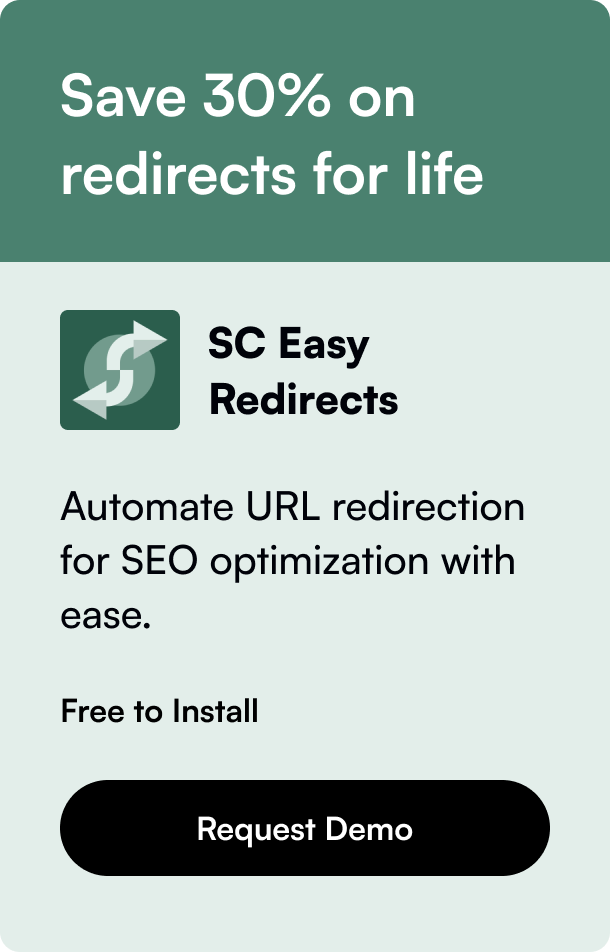Table of Contents
- Introduction
- Optimizing Images for Speed
- Minimizing Scripts and Third-Party Apps
- Leveraging Browser Caching
- Theme Optimization
- Utilizing a Content Delivery Network (CDN)
- Minifying CSS and JavaScript Files
- Choosing the Right Hosting Solution
- Implementing Accelerated Mobile Pages (AMP)
- Conclusion
- FAQ
In the digital era, where every second counts, the speed of your Shopify store can significantly impact your bottom line. A swift, smoothly running online store not only provides a better user experience but also boosts conversion rates and impacts your site's SEO ranking positively. In this blog post, we delve into effective strategies and insider tips to help you turbocharge your Shopify store's performance, ensuring your visitors have a seamless shopping experience.
Introduction
Did you know that a delay of just a second in page response can result in a 7% reduction in conversions? In the competitive landscape of e-commerce, every moment matters. A sluggish Shopify store not only tests the patience of your potential customers but also dents your brand's reputation. Addressing the speed issue is not just about enhancing user experience; it's also crucial for improving your search engine rankings, as Google factors in site speed for its rankings. This blog post is designed to guide you through various optimizations you can implement to not just meet but exceed your customers' expectations by providing a lightning-fast shopping experience.
Optimizing Images for Speed
One of the most effective ways to improve your Shopify store's speed is by optimizing your images. High-resolution images can significantly slow down your website since they require more bandwidth to load. Here’s how you can optimize them:
Compress Your Images: Tools like Adobe Photoshop or free online tools such as TinyPNG allow you to reduce the file size of your images without compromising quality significantly.
Use the Correct Image Formats: JPEGs are generally lighter than PNGs and should be used for complex images or photographs. PNGs, however, should be reserved for simpler images or when you need a transparent background.
Implement Lazy Loading: This technique ensures that images only load when they enter the viewport of the browser, which can substantially reduce initial page load time.
Minimizing Scripts and Third-Party Apps
External scripts and third-party apps can enrich your store’s functionality but can also be detrimental to your site’s speed. To tackle this:
Audit Your Apps: Regularly review the apps and scripts you have installed. Uninstall those that are not essential to your store's operation.
Use App Alternatives: Sometimes, custom coding a functionality instead of using an app can be more efficient and less taxing on your store's speed.
Leveraging Browser Caching
Browser caching stores elements of your website on visitors’ devices on their first visit, which means on subsequent visits, your pages will load much faster. Enable browser caching through your Shopify admin settings or by using apps designed to facilitate this.
Theme Optimization
Your choice of theme can greatly affect your store’s speed. Opt for themes that are optimized for speed, often highlighted as "lightweight" or "minimalist" in theme stores. Additionally, regularly update your theme to ensure you benefit from optimizations and features introduced by the developers.
Utilizing a Content Delivery Network (CDN)
CDNs distribute your store’s content across multiple, geographically diverse servers, ensuring that your visitors access your site from the closest server to their location, which drastically reduces loading times.
Minifying CSS and JavaScript Files
Minification removes unnecessary characters from your code (like whitespace and comments) without changing its functionality. This reduces the size of your files, resulting in faster page loading times.
Choosing the Right Hosting Solution
While Shopify hosts your store, not all hosting solutions are created equal. If you're using additional hosting services for parts of your website or for handling increased traffic, ensure you select a solution known for its reliability and speed.
Implementing Accelerated Mobile Pages (AMP)
With more consumers shopping on mobile devices, implementing AMP for Shopify can significantly improve loading times on smartphones and tablets, providing a mobile-optimized browsing experience.
Conclusion
Improving your Shopify store's speed is a continuous process that requires regular monitoring and tweaking. By implementing the strategies discussed, you'll not only enhance your store's user experience but also improve your SEO rankings and boost your conversion rates. Remember, in the world of e-commerce, speed is not just a convenience; it's a necessity.
FAQ
Q: How often should I audit my Shopify store's speed?
A: Aim to audit your store’s speed monthly or whenever you make significant changes to your site, like adding new apps or images.
Q: Do videos affect my Shopify store's speed?
A: Yes, videos can significantly impact loading times. Consider hosting videos on platforms like YouTube or Vimeo and embedding them in your store instead of uploading them directly.
Q: Can too many product pages slow down my Shopify store?
A: The number of product pages is less of an issue than the content on those pages. Focus on optimizing images and descriptions on each page to ensure they load quickly.
Q: Is it necessary to use a CDN for a small Shopify store?
A: While not always necessary for very small stores, a CDN can improve site speed and user experience as your store grows and attracts more international visitors.
By taking a proactive approach to Shopify store optimization, you're setting your e-commerce business on a path to delivering excellent user experiences, which is fundamental to achieving long-term success in the competitive online marketplace.









